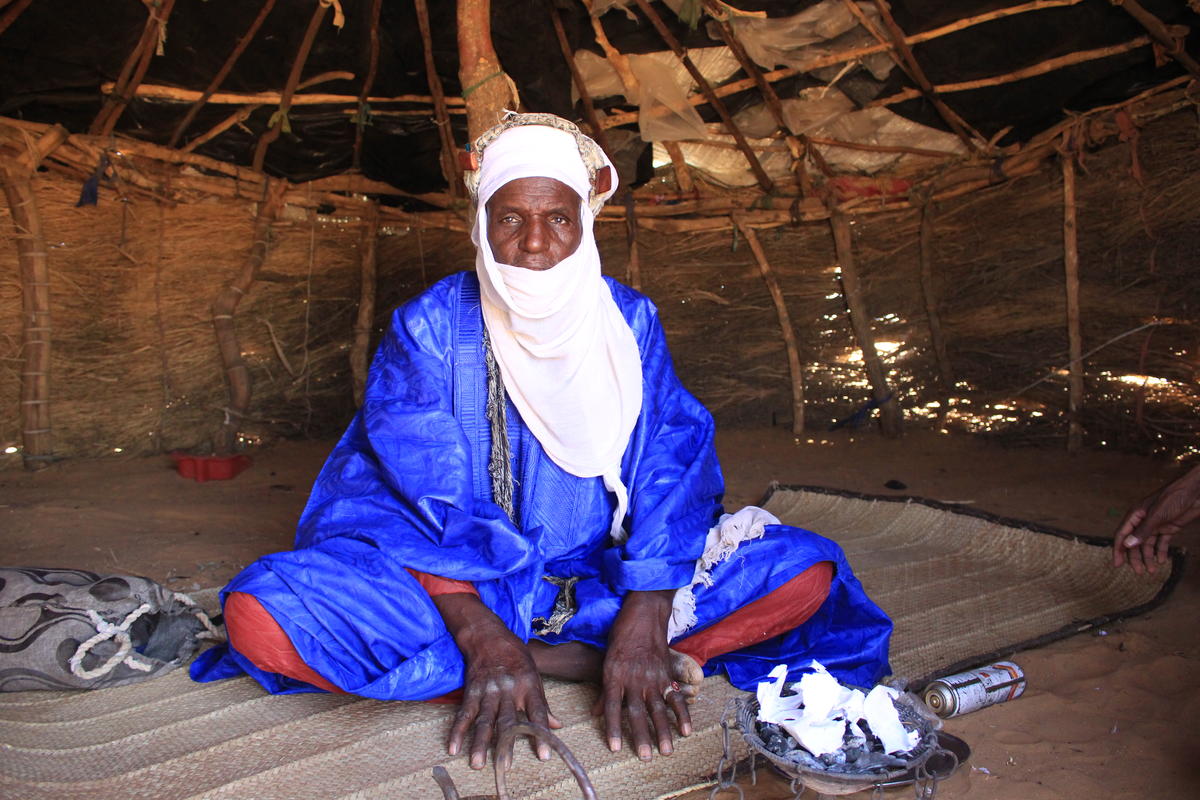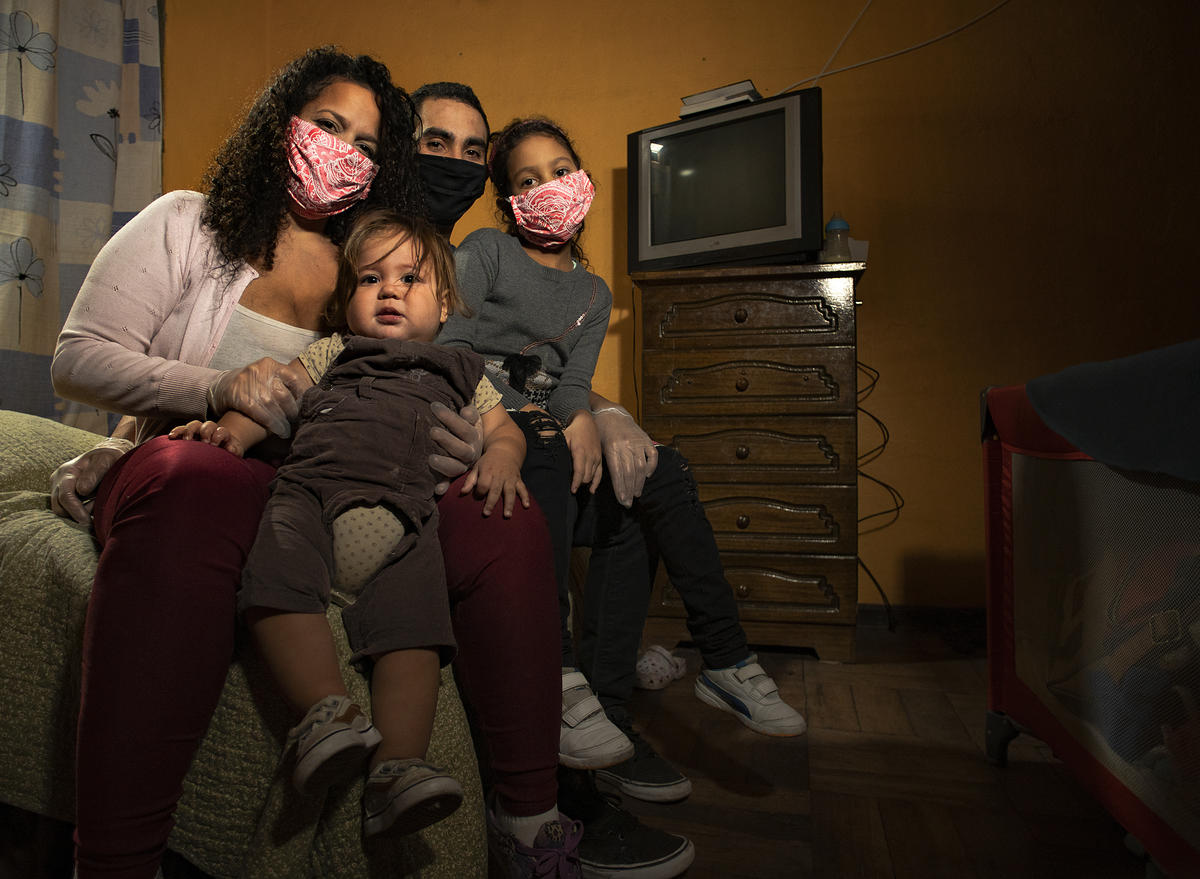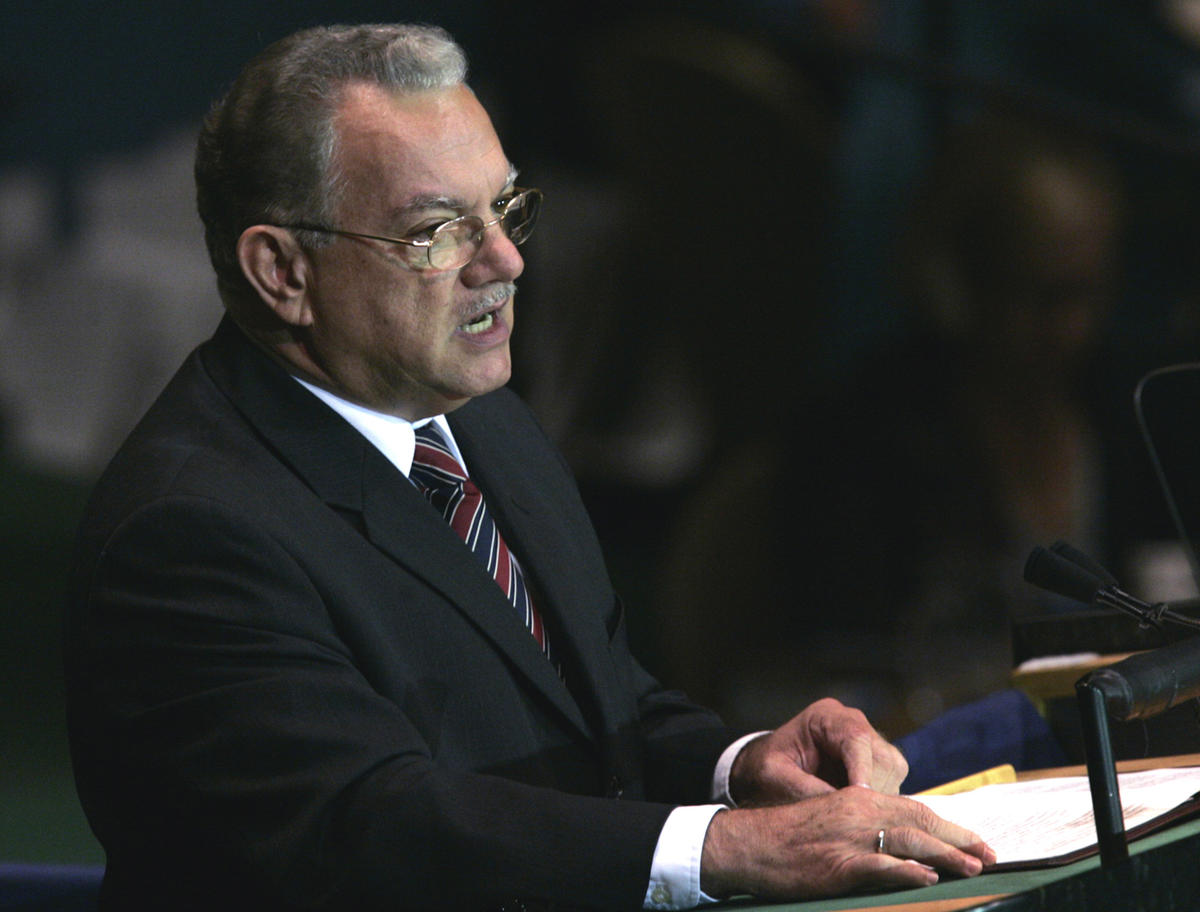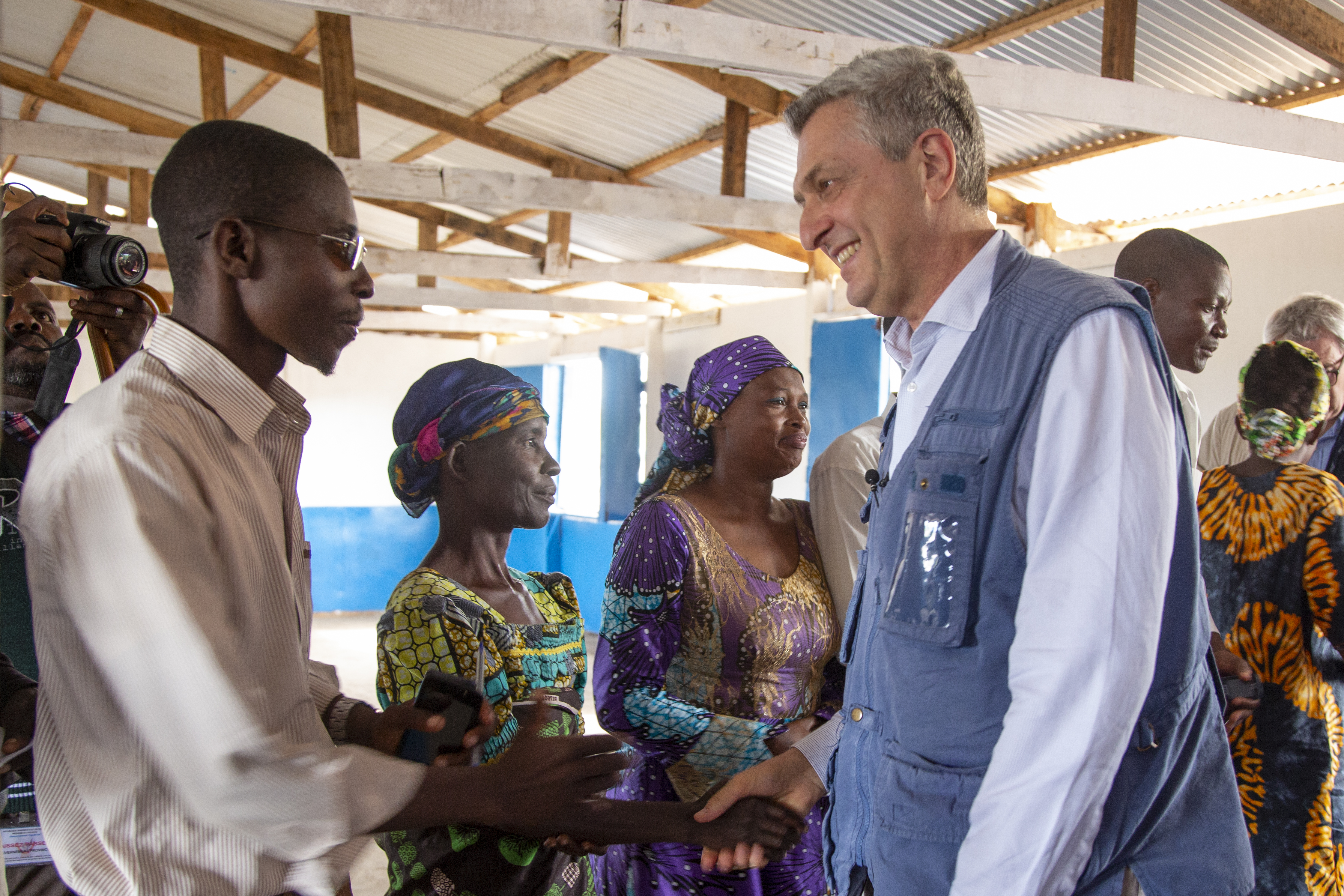1 Family Torn Apart: Somali mother's dream life turns into nightmare
1 Family Torn Apart: Somali mother's dream life turns into nightmare

GALKAYO, Somalia, June 23 (UNHCR) - Farhiya Mohamoud Gedi has not seen her children in the past 12 months. The 34-year-old had no choice but to leave them with her mother in the war-torn Somali capital, Mogadishu, in search of better work opportunities to feed her family.
"It was getting harder every day to provide for my two girls, Rahma and Fartun, together with my boy Abdirasak, as I have no husband," said Farhiya, who is divorced and has no regular source of income. "It was even worse to see my elderly mother, who cannot work as she is not strong enough, struggle to borrow food or money from well-wishers to at least feed the children. I had no choice but to go out and look for money to support my family."
She was told that there were more work opportunities in Yemen, across the Gulf of Aden. Farhiya left Mogadishu, headed north on a lorry ferrying goods, via Galkayo, and arrived in the sea port town of Bossaso.
"It was the most difficult decision I had to make. Being away from your children is not easy, especially when I left them in Mogadishu where it is not safe. I had heard of the dangers of going by sea but like any mother in the world, I knew I wanted to give my children a better life," she said.
For Farhiya to secure a spot on the only available boat to Yemen, she had to pay unscrupulous smugglers US$120, in return for three nights at sea in the Gulf of Aden on a small and overloaded boat without food. For her, it was worth the hardship as she dreamed of a better life in Yemen. However, she was in for a surprise when she arrived.
"I knew no one there. I had no place to stay, no food, just the few clothes I had managed to carry," she said of her life in Yemen. "Looking for employment was more difficult. You had to go through an agent who demanded payment once you secured a job. If they got a better offer from someone else, you lost the job. However, I struggled through different forms of casual labour."
The recent clashes in Yemen exacerbated her troubles. "It became even more difficult to keep a job as some days we could not leave our homes, for fear of being killed."
Realising that her dream life in Yemen had turned into a terrible nightmare, five months after arriving, Farhiya embarked on the frightening voyage again - this time to go back home to her family. She settled in a makeshift shelter in Warshad Galayda IDP settlement for internally displaced people in south Galkayo, and is determined to bring her children and her mother to her new home.
"It's safer here than it is in Mogadishu and I'm sure I can get a good job to cater to my children's needs; much easier than in Yemen. It was a difficult experience being away from my family and worse still travelling dangerously by boat. No one should risk their life on a small overloaded boat trying to escape the violence," she said.
UNHCR believes that 1 Family Torn Apart By War is Too Many. The UN refugee agency's head of office in Galkayo, Grace Mungwe, knows well the dangers Somalis experience trying to reach Yemen.
"Farhiya is one among thousands of Somali women and men who, due to insecurity and lack of livelihood in south-central Somalia, put their lives in the hands of unscrupulous smugglers to cross the Gulf of Aden in search of better life opportunities in Yemen," she said. "Many lose their lives in the process. Experiences like Farhiya's are cautionary tales for all other potential migrants on the dangers they face on this journey."
Every year, tens of thousands of people, mainly Somalis and Ethiopians, cross the Gulf of Aden from the Horn of Africa, hoping to find a better future in Yemen and other Gulf states. Many of them die along the way. UNHCR raises awareness on the dangers and the human rights violations involved in this migration movement.
Almost 60,000 internally displaced people have settled in 21 settlements in north and south Galkayo, most coming from different parts of south-central Somalia.
Somalia remains the country generating the highest number of refugees in the world, after Afghanistan and Iraq. Currently, more than 700,000 Somali refugees live in neighbouring countries such as Kenya, Ethiopia and Yemen.
By Faith Kasina in Galkayo, Somalia








